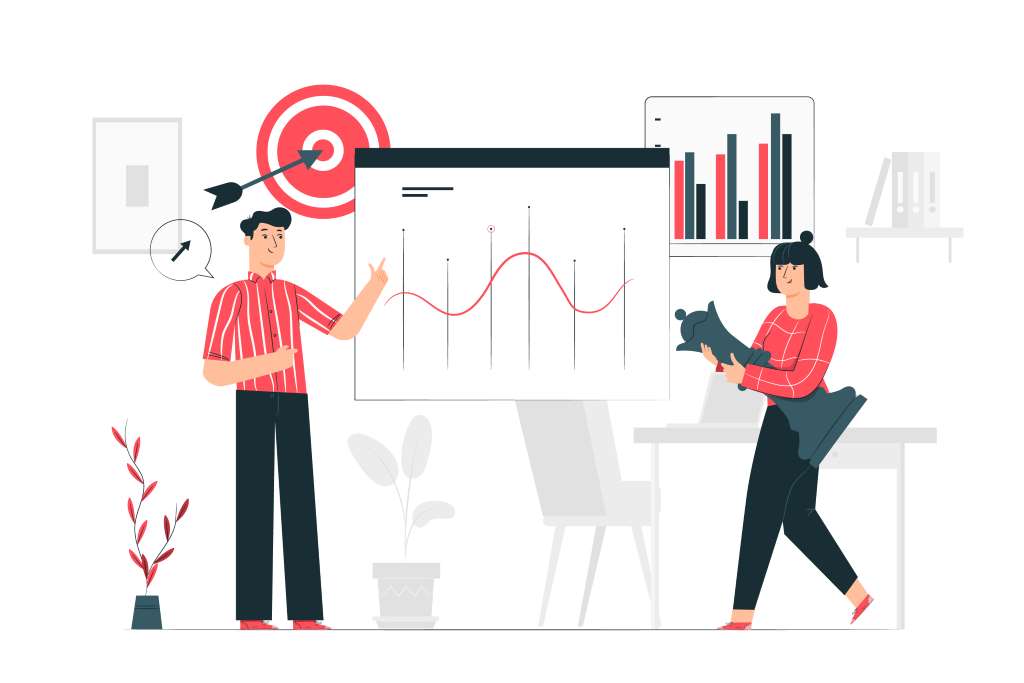Business goals set the vision and direction for the entire exercise of developing the website. Lack of clarity here impacts everything down the line
Website objectives:
1. Functional Requirements:
Core details of the website. The customers and how they will interact with the website.
2. Non-Functional Requirements:
These include response time and reliability.
3. Mission:
In a single statement, state why your website should exist? What makes your website stand out?
4. Vision:
What is the long-term change you want to bring about with your website? Where exactly is it headed and what is the end goal of your business?
Target audience:

You are super excited about your website. You want everyone to notice your website. But, what you need to understand is that not everyone is the same. You need a specific TARGET AUDIENCE. Your website will truly be helpful to only a few wanted to find the solutions your website/ business offers. Millions? No, sorry your target audience does not include every human on the planet. Targeting the specific market or customer will lead to a better lead generation and conversion for you.
Our Client’s Questionnaire Form
Before we begin any project, we ask all our clients to fill up a form online to help us understand their objectives and target audience.
Identify Stakeholders:

Internal Stakeholders:
Internal Stakeholders are people within the company responsible for the execution of the project. You should appoint people who have the time required to commit to the project, be in a position to clarify questions from the vendors and be a bridge between internal and external teams
External Stakeholder:
External stakeholders can be other departments in the company that is not directly involved in the project but have influence. It can also include different vendors responsible for content, design, and development.
Future Plan:

You need to realize that a website is not a short term goal. It is better to understand everything for your website now and plan accordingly, keeping the future in mind. You do not want to be making a lot of sudden changes to your live website. That will create a lot of limitations. You need to familiarize yourself with updates, migrations, new technology and keep the website updated with all of your business changes.
Tools for setting Business Goals
SMART GOALS – Smart, Measurable, Achievable, Relevant & Time-bound (link)
BUYER PERSONAS – To identify the right target audience and understand them better (link)
GERM.IO – Planning tool to map out the entire website development exercise (link)
BUSINESS MODEL CANVAS – Visual planning strategic tool for your business (link)
Additional Reading:
How Good Website Planning Can Save Time, Money & Pain